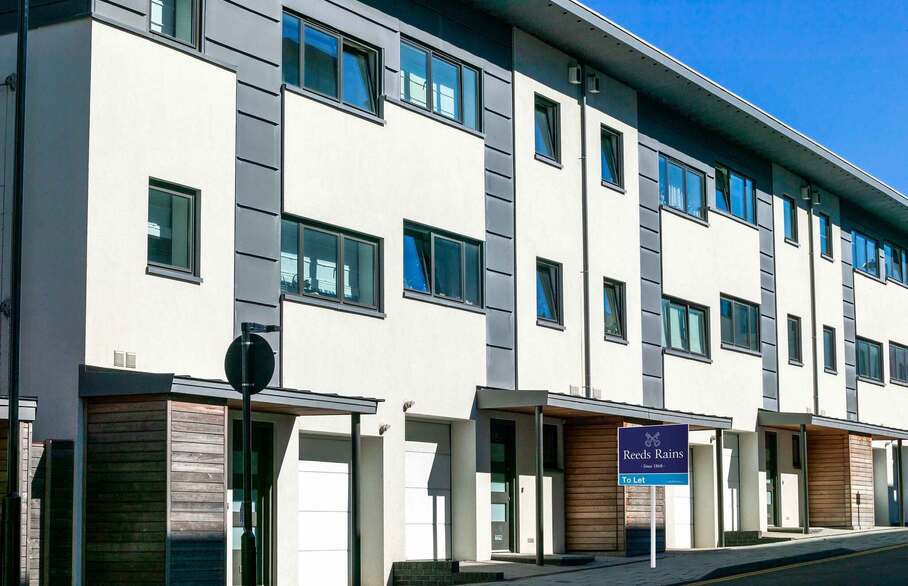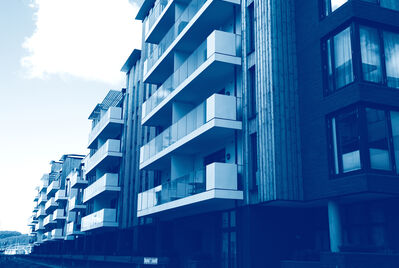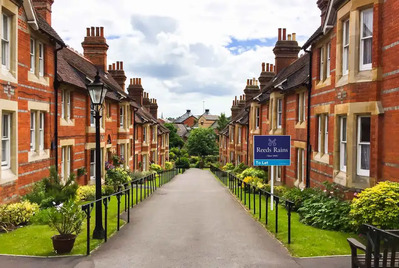
Historically, Northern Ireland has seen lower average prices and slower growth than the rest of the UK. Average prices have increased by 51% since 2005, which is around half the rate of England and Scotland, and the average property value in June this year was £169,063, versus £213,091 in Wales and £304,867 in England. Across the country, average prices range from £150,246 in Derry City and Strabane, to £196,438 in Ards and North Down.
However, the data is showing that the pace has picked up more recently and the market is now looking much stronger than in the past – great news for both existing and prospective investors.
Year-on-year UK price increases as at the second quarter of 2022 show Northern Ireland second only to Scotland for growth, with average property values up 9.6% on June 2021. In comparison, while Scotland has performed particularly well over the last year (+11.6%), Wales saw average growth of 8.6% and England just 7.3%.
Leading the areas for price growth over the 12 months to June were Ards and North Down and Mid Ulster, both up by just over 12%. Also, in double digits were:
| Derry City and Strabane | +11.9% |
| Newry, Mourne and Down | +11.4% |
| Armagh City, Banbridge and Craigavon | +11.1% |
| Causeway Coast and Glens | +10.4% |
The new-build market in Northern Ireland is particularly strong, with prices in August 2022 up by 18.1% year on year, versus a 5% increase for second-hand properties over the same period. The average new-build now costs £228,300, and while that’s mainly a reflection of the recent surge in the price of building materials, there seems to be no shortage of demand from buyers.
And the rental market has also been enjoying healthy growth. According to the Housing Executive’s half-yearly report last published in December 2021, average rents were up year on year by 6.9% across the country, to £717 a month - although that figure does incorporate the relatively low growth of just 2.4% in the Belfast City Council Area. Taking Belfast out of the data, average annual rent growth for the rest of the country was an impressive 10.5%.
The top three areas for rent growth as at December 2021 were:
| Average rent | 6-month growth | 12-month growth | |
|---|---|---|---|
| Ards and North Down | £778 | 8.9% | 16.4% |
| Armagh, Banbridge & Craigavon | £614 | 8.5% | 14.2% |
| Causeway Coast and Glens | £598 | 7.3% | 11.5% |
A lack of rental stock
It’s worth noting that the number of rental transactions for 2020-21 was just over 24% lower than for the previous year, partly due to the pandemic, but partly because of “an acute lack of available rental stock”(Ulster University report), mirroring what we’re currently seeing across much of the UK.
In Belfast, where almost half of all NI lettings transactions take place, apartments and terraces/townhouses make up 88% of the market. In the second half of 2021, the number of apartments let in Belfast was down by 23.7% on the previous six months and the number of terraces/townhouses down by 25.7%. Overall, rental stock in Northern Ireland in August 2022 was down by 2% year on year, while demand was up a whopping 16%.
So, what does this mean for landlords?
In short, this imbalance in supply and demand, together with high rental growth, presents a great opportunity for new landlords to enter the market and for existing landlords to expand their portfolios. Landlords who can provide the type and quality of accommodation that matches what tenants are looking for, in areas where available stock is low, should realise good levels of occupancy and rent.
In terms of capital growth, most successful landlords view Buy to Let as a long-term investment. So, while some areas will be likely to see greater price increases over the next five years and others might have proved to always do well over time, as long as you plan to hold your property for 15-20 years, that should ensure you ride out any fluctuations in the market and see decent growth by the time you cash in.
Of course, the caveat is that you need to do your research to make sure that whatever you buy meets your investment goals.
As a first step, it’s well worth having a chat with local market experts in the area(s) you’re considering buying and letting property. At Reeds Rains, we’re always very happy to help landlords work out the type of property and let that’s most likely to deliver the rental returns and capital growth they’re looking for. So, if you’re thinking about investing, do get in touch with your nearest branch and have a chat with the team.
The Reeds Rains Content Marketing Team



